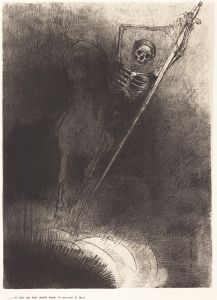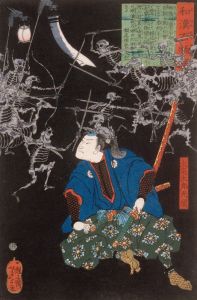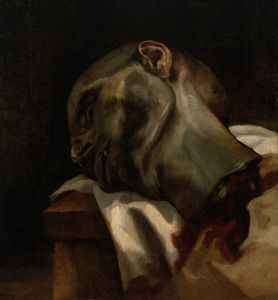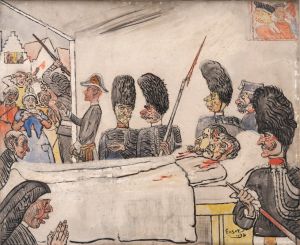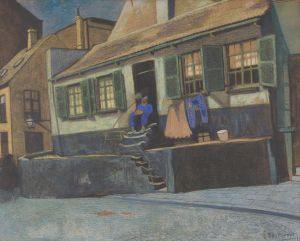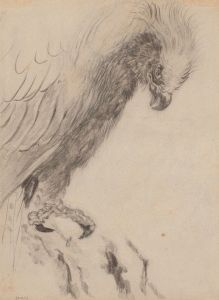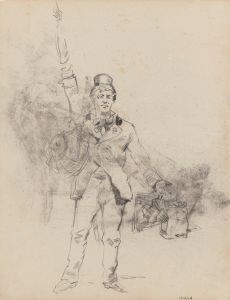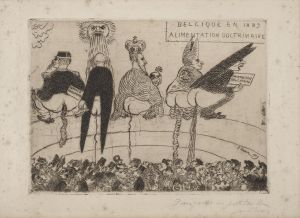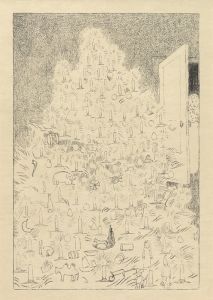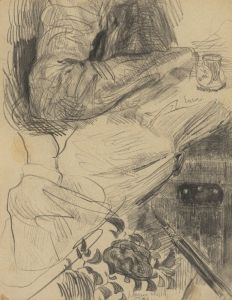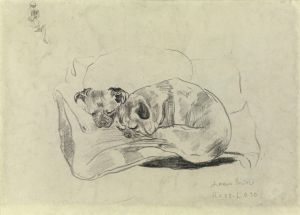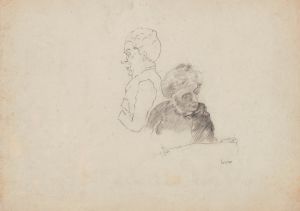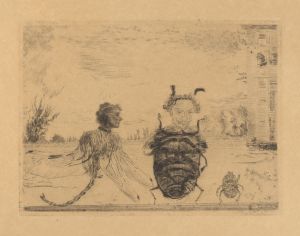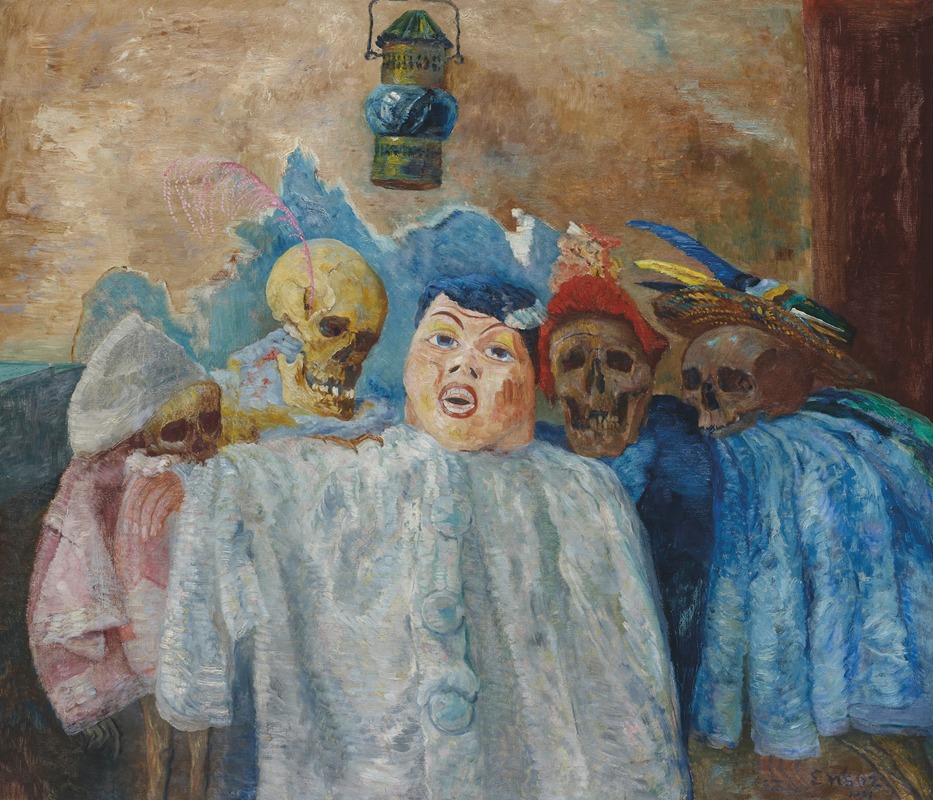
Pierrot et squelettes
A hand-painted replica of James Ensor’s masterpiece Pierrot et squelettes, meticulously crafted by professional artists to capture the true essence of the original. Each piece is created with museum-quality canvas and rare mineral pigments, carefully painted by experienced artists with delicate brushstrokes and rich, layered colors to perfectly recreate the texture of the original artwork. Unlike machine-printed reproductions, this hand-painted version brings the painting to life, infused with the artist’s emotions and skill in every stroke. Whether for personal collection or home decoration, it instantly elevates the artistic atmosphere of any space.
"Pierrot et squelettes" (translated as "Pierrot and Skeletons") is a painting by the Belgian artist James Ensor, created in 1907. Ensor, born in 1860 in Ostend, Belgium, is known for his unique and often macabre style, which blends elements of symbolism and expressionism. His work frequently features themes of death, masks, and the grotesque, reflecting his fascination with the absurdities and darker aspects of human existence.
"Pierrot et squelettes" is a prime example of Ensor's distinctive approach. The painting depicts the character Pierrot, a stock figure from the commedia dell'arte tradition, surrounded by skeletons. Pierrot, typically portrayed as a sad clown or a naive, lovesick character, is shown in a dramatic and eerie scene, emphasizing the contrast between life and death. The skeletons, a recurring motif in Ensor's work, are rendered with a sense of both humor and horror, embodying the artist's exploration of mortality and the human condition.
Ensor's use of vibrant colors and bold brushstrokes in "Pierrot et squelettes" enhances the surreal and unsettling atmosphere of the painting. The composition is dynamic, with the figures arranged in a way that creates a sense of movement and chaos. This chaotic energy is a hallmark of Ensor's style, reflecting his interest in the tumultuous and often contradictory nature of life.
The painting is also notable for its symbolic content. Pierrot, as a figure of innocence and melancholy, juxtaposed with the skeletal figures, can be interpreted as a commentary on the inevitability of death and the fragility of human existence. Ensor's work often delves into such existential themes, using fantastical and grotesque imagery to provoke thought and evoke emotional responses from the viewer.
James Ensor's influence on modern art is significant. His innovative use of color, form, and subject matter paved the way for later movements such as expressionism and surrealism. Artists like Edvard Munch and the German expressionists drew inspiration from Ensor's bold and unconventional approach to painting.
"Pierrot et squelettes" is housed in the Royal Museum of Fine Arts in Antwerp, Belgium. The museum's collection includes several of Ensor's works, showcasing the breadth and depth of his artistic achievements. Ensor's legacy continues to be celebrated for its originality and profound impact on the trajectory of modern art.
In summary, "Pierrot et squelettes" by James Ensor is a striking and thought-provoking painting that exemplifies the artist's unique style and thematic concerns. Through its vivid depiction of Pierrot and the skeletal figures, the work invites viewers to reflect on the complexities of life and death, making it a significant piece in the history of modern art.





